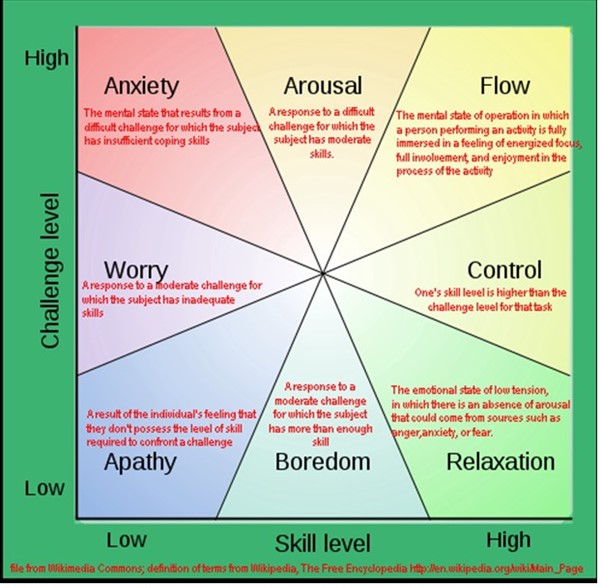Happier – Learn the Secrets to Daily Joy and Lasting Fulfillment
Author: Tal Ben-Shahar
Genre: Positive psychology, Self-Help

Tal Ben-Shahar taught two of the most popular classes in the history of Harvard University – Positive Psychology and The Psychology of Leadership. He also teaches leadership, happiness, resilience and mindfulness to MNCs. These teachings have made this book a New York Times bestseller.
Happiness – so near and yet so far. Plato taught the good life in his Academy, Aristotle opened his own school, Lyceum, to teach what he called flourishing. And Confucious went to each Chinese village to teach fulfilment. And yet, in US, rates of depression are 10 times higher today than half a century ago. Similarly, only 36% people (Britain survey) said they were very happy (down from 52% half a century ago). All this while individual wealth tripled in this same time period. So, the question of questions, “If we are so rich, why aren’t we happy?
We now know for sure that the pursuit and attainment of material goals fails to provide an experience of sustained well-being. There is a temporary high and then life goes on as before. David Myers found “a very low correlation between material wealth and happiness, except in cases of extreme poverty.” Similarly, Nobel laureate Daniel Kahneman wrote: “the belief that high income is associated with good mood is widespread but mostly illusory. People with above-average income… tend to be more tense, and do not spend more time in particularly enjoyable activities.”. And so on with other researchers.
The materialistic belief is widespread because we “value the measurable (material wealth and prestige) over the unmeasurable (emotions and meaning).” To clarify: “Having sufficient money to provide for food, shelter, education and other basic needs is essential to our well-being. However, beyond this, money or prestige need not – and, if happiness is accepted as the ultimate currency – be our central pursuits.”
Words like pleasure, bliss, ecstasy are often used interchangeably with happiness, but the former emotions are all fleeting, and while enjoyable and pleasurable, they are not the measure of happiness. In fact instead of the binary question ”Am I happy?”, the right question should be “How can I be happier?” Tal Ben-Shahar suggests this will require finding things that give both “pleasure and meaning”.

He illustrates this using the Hamburger model. We can devour a junk burger which will perhaps be immensely tasty now but give us guilt and take away health in the long run. The opposite – perhaps a vegan diet – may give us long term health but may not be so tasty. The worst is when we end up eating hamburgers which we later realize were not really tasty and obviously were not healthy either. But can we get something which is both tasty and healthy? Benefit now, and benefit in the future!

This – pleasure and meaning – will require “self-concordant goals” that we “pursue out of deep personal conviction and/or a strong interest.” They stem from a desire to express part of ourselves rather than from the need to impress others. Unfortunately, in schools and offices, the primary nature of motivation is to the need to avoid a negative consequence or fear of failure, and that takes away all the pleasure from learning. Worse, in offices, managers are “enslaved not because they had no choice but because they had made a choice that made them unhappy.”. And “blaming others – our parents, teachers, boss, or the government – may yield sympathy but not happiness.” We have to choose the right work that marries what delivers meaning to us and we also enjoy doing it. Tal Ben Shahar educates us to “focus not on external manifestations of potential (becoming millionaire, or President) but measures of potential (diligence, focus).”
To elaborate this, Tal Ben introduces the Meaning-Pleasure-Strengths framework, arguing that we should choose a work that is at the confluence of all three.

Also, our attitude matters. “How we perceive the work can matter more than the work itself”. In a study by Amy and Jane, “hospital cleaners who recognize that their work makes a difference, are happier than doctors who don’t experience their work as meaningful.” As Emerson said, “to different minds, the same world is a hell, and a heaven.”
Over time, we need to aspire for a state of flow where “we enjoy both peak experience and peak performance: we experience pleasure and also perform at our best.”. This will require a work where the level of difficulty is matching with our skills. Too difficult and it makes us anxious, too little and it makes us go easy.

He also coaches us on good relationships. The only external factor that distinguished “very happy people” with those “less happy” was the presence of “rich and satisfying social relationships.” And yet 40% of marriages in US end up in divorce. First is to separate the person from the achievements: “To be loved for our wealth, power or fame is to be loved conditionally; to be loved for our steadfastness, intensity, or warmth is to be loved unconditionally.” While great relationships require empathy, generosity and listening, he also talks of Selffullness – first taking care of ourselves. People “do not like to be “overpaid” or “underpaid” in a relationship. People feel more content, and relationships are more likely to prosper, when both partners see the relationship as equitable.” One big take-away: “more than spending effort in finding that one right person, cultivate the one chosen relationship.”
One of the biggest misconceptions around happiness is that it means being happy all the time; that if we experience sadness, or depression, or anxiety, or frustration, then there’s something wrong with us. But Tal Ben argues that painful emotions are natural part and parcel of every life, including a happy life.
Beyond the book, Tal Ben-Shahar and his colleague Megan McDonough have started Wholebeing Institute where they teach the SPIRE model for wholesome well-being (we can sign up for a free course):
- Spiritual Wellbeing – Meditation (non-judgmental, present moment awareness). Prayer, focusing on breath, music, dance, walk, you choose what works best for you.
- Physical Wellbeing – Sitting is the new smoking so move every 60 minutes. Exercise once a day 40 min at least.
- Intellectual Wellbeing – Curious people are happier and more successful. Reading, listening to podcast, watching art, journaling, whatever works for you.
- Relational Wellbeing – We all need interactions. And hence few (not quantity, but quality) deep relationships, whether at work or home.
- Emotional Wellbeing – Two min every night, gratitude journal. Allow painful emotions (through tears, writing or talking) to come out.
“We can’t thrive and flourish in all five areas. And there’s no need to, because at different points in our lives, different elements are more important than others, and there are individual differences. For me, for example, intellectual wellbeing is extremely important. And therefore I chose to be an academic where I spend most of my days reading, writing, learning. For someone else who’s very much taken by physical wellbeing, well, they may choose to become a professional athlete, a coach, or run the Iron Man.”
What could be better: While the book is great and reminds us what is truly important, I found parts repetitive (attempt to convert a few hours class into a full book). I also came out feeling that many concepts were rehashes of what multiple authors have taught before. MPS framework vs. Ikigai or SPIRE vs the 4 rejuvenations of Stephen Covey. Finally, there is a larger philosophical dilemma on happiness vs. achievement (achievers are generally less happy but more satisfied with their lives) which could have been dealt deeper.
Why you should read the book: To learn to be happy, that most eternal of all pursuits. Our society focusses on attainment of goals and so we rarely enjoy the journey. Rat racers keep thinking that reaching a certain destination will make them happy, but by that time a new goal comes up. True to positive psychology ethos, the book balances “the rigor of acadme and the fun of self-help movement.” There are a lot of Time-In exercises which provide provoking questions for introspection and reflection.
Further reading: For those deeply interested in the topic of Happiness, 2 other must-read books: The Science of Happiness and The Happiness Project (both reviewed in the link).
Goodreads Link: Happier: Learn the Secrets to Daily Joy and Lasting Fulfillment by Tal Ben-Shahar | Goodreads

 This information will never be shared with third party
This information will never be shared with third party
Post A Comment
Want to join the discussion?Feel free to contribute!